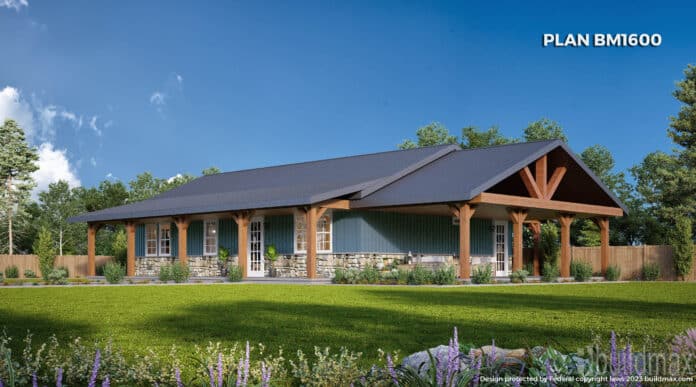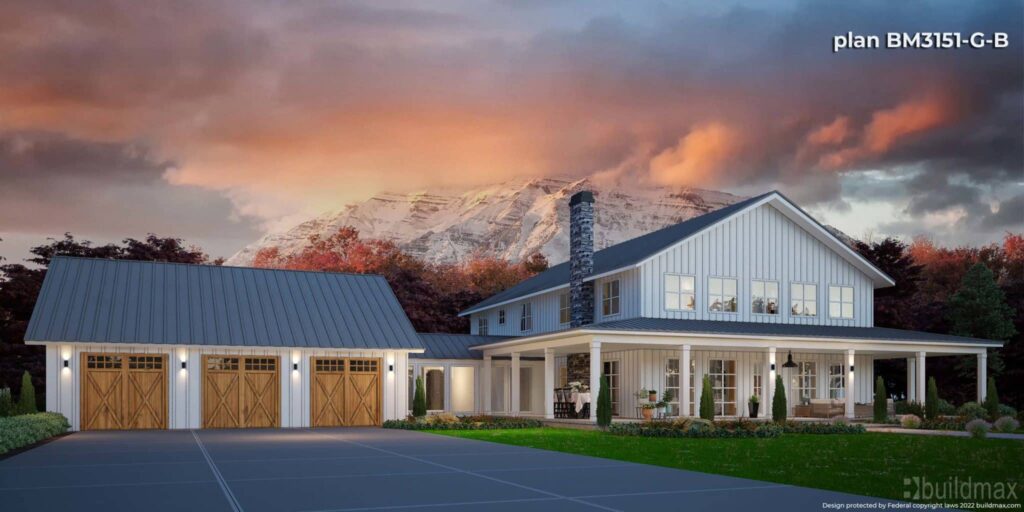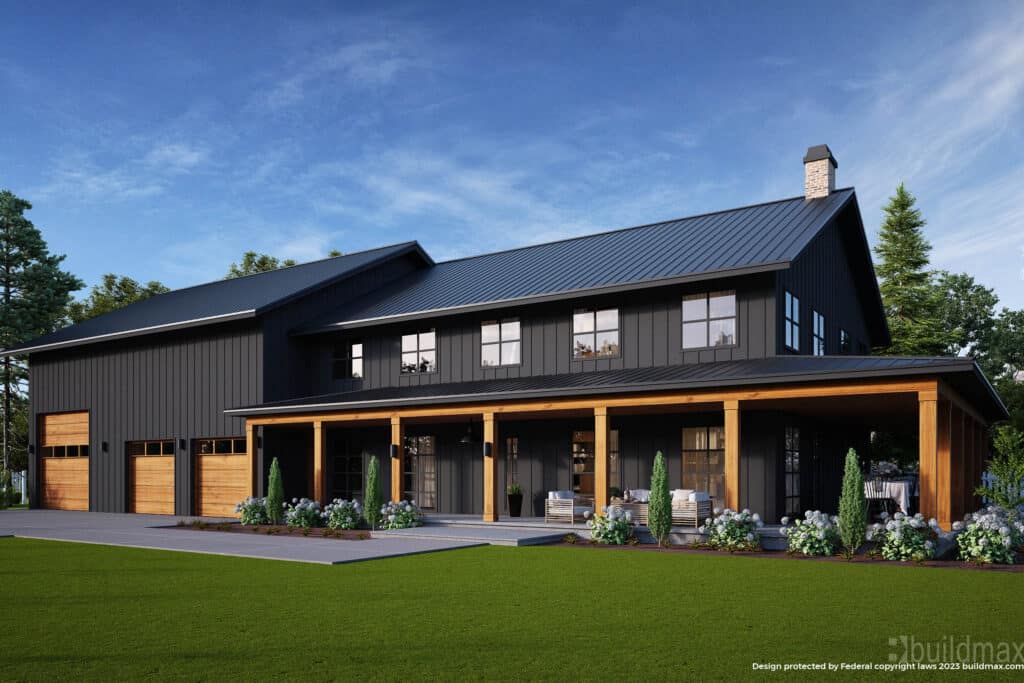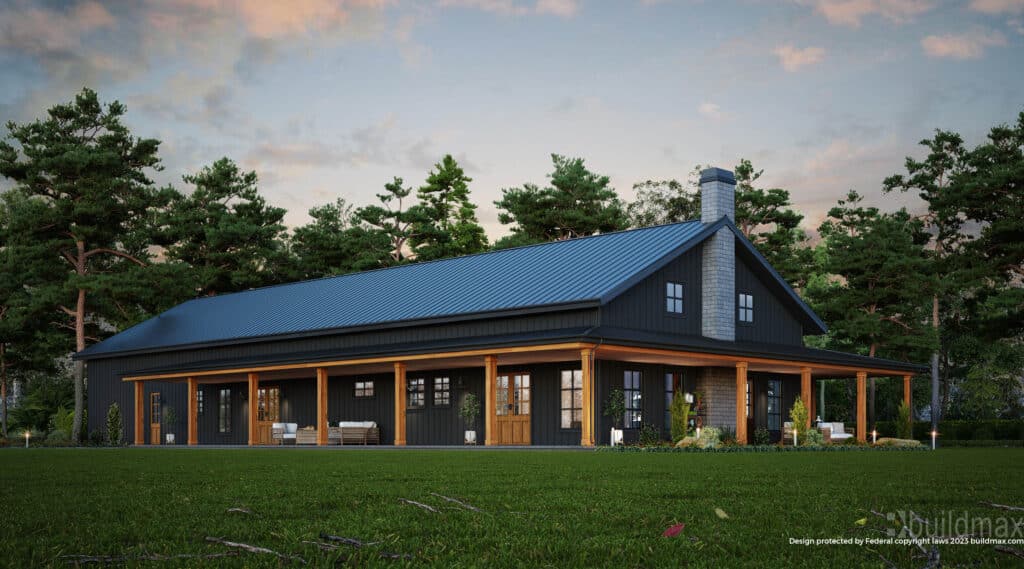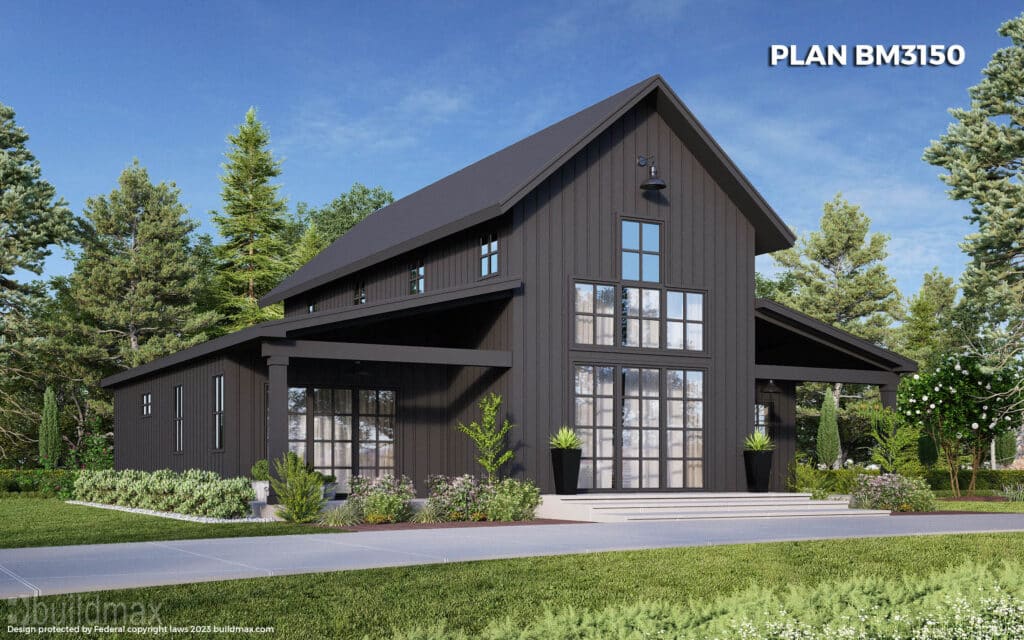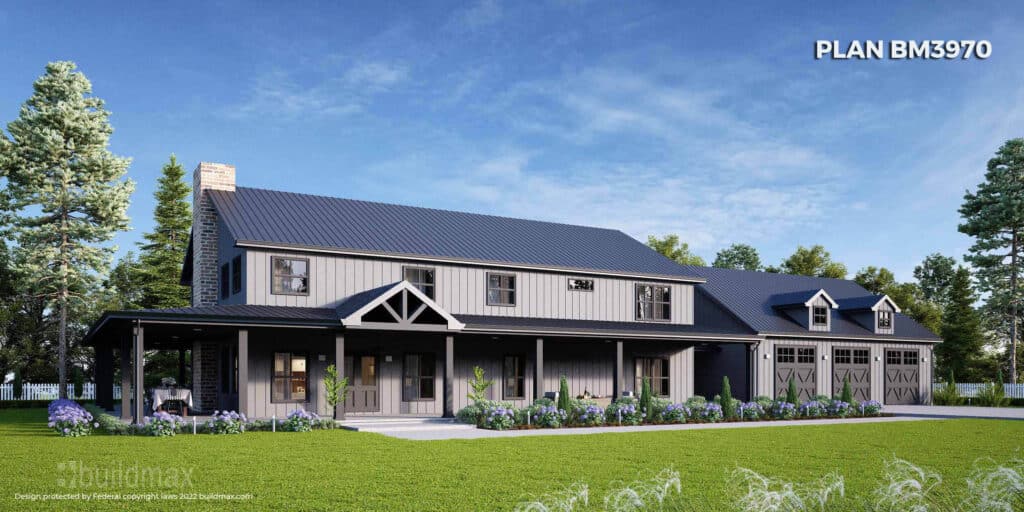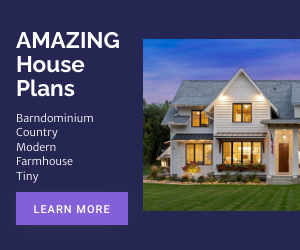Barndominiums, a portmanteau of “barn” and “condominium,” are a unique and increasingly popular style of residential buildings. They are renowned for their robustness, aesthetic appeal, and adaptability. This comprehensive article explores the various aspects that contribute to the durability of barndominiums, offering insights into why they are an excellent choice for homeowners seeking a long-lasting and resilient dwelling.
Introduction to Barndominiums
Originating from the conversion of barns into living spaces, modern barndominiums are now purpose-built structures that blend the rustic charm of a barn with the comforts and design elements of a contemporary home. They are characterized by their spacious, open-plan layouts, metal framing, and often, metal exteriors.
Construction Materials and Techniques
1. **Steel Frame Advantage**: The core of a barndominium’s durability lies in its steel frame. Steel offers a higher strength-to-weight ratio than traditional wood, making it more resilient to structural stresses. It is immune to common issues that affect wooden structures, such as rot, termites, and warping.
2. **Metal Siding and Roofing**: Barndominiums often feature metal siding and roofs, which are resistant to the elements, fire, and pests. Metal roofing, in particular, has a life expectancy that far exceeds traditional roofing materials like asphalt shingles.
3. **Quality Insulation**: Good insulation is key to protecting the structure from moisture and temperature fluctuations. Properly insulated barndominiums are not only energy-efficient but also less susceptible to internal condensation, which can lead to corrosion in metal structures.
Design and Customization
1. **Structural Flexibility**: The design of barndominiums often involves large, clear spans without the need for load-bearing walls. This structural flexibility allows for easy customization and reinforcement, adapting the building to specific environmental conditions and personal preferences.
2. **Adaptability to Environments**: Barndominiums can be designed to withstand various climatic challenges, from heavy snow loads to high wind velocities. Their adaptability makes them suitable for a wide range of geographic locations.
Maintenance and Longevity
1. **Low Maintenance Requirements**: The materials used in barndominiums generally require less maintenance compared to traditional homes. The longevity of metal components reduces the need for frequent repairs or replacements.
2. **Regular Inspections and Upkeep**: Despite their durability, regular maintenance is essential to ensure the longevity of a barndominium. This includes inspecting for and addressing rust, ensuring seals remain intact, and checking for any structural wear.
Environmental Resilience
1. **Fire Resistance**: The metal construction of barndominiums offers an increased level of fire resistance compared to wooden structures, adding an extra layer of safety.
2. **Energy Efficiency**: When properly insulated and designed, barndominiums can be highly energy-efficient, reducing the strain on heating and cooling systems and contributing to the structure’s overall sustainability.
In closing, barndominiums stand out as a durable, versatile, and sustainable housing option. Their steel construction, combined with modern building techniques and materials, contributes to their longevity and resilience. Whether it’s their ability to withstand harsh environmental conditions or their low maintenance requirements, barndominiums represent a practical and enduring choice for homeowners. As with any home, their lifespan and performance are contingent on quality construction, proper maintenance, and environmental factors. With these elements in place, a barndominium can provide a robust and comfortable home for decades.



